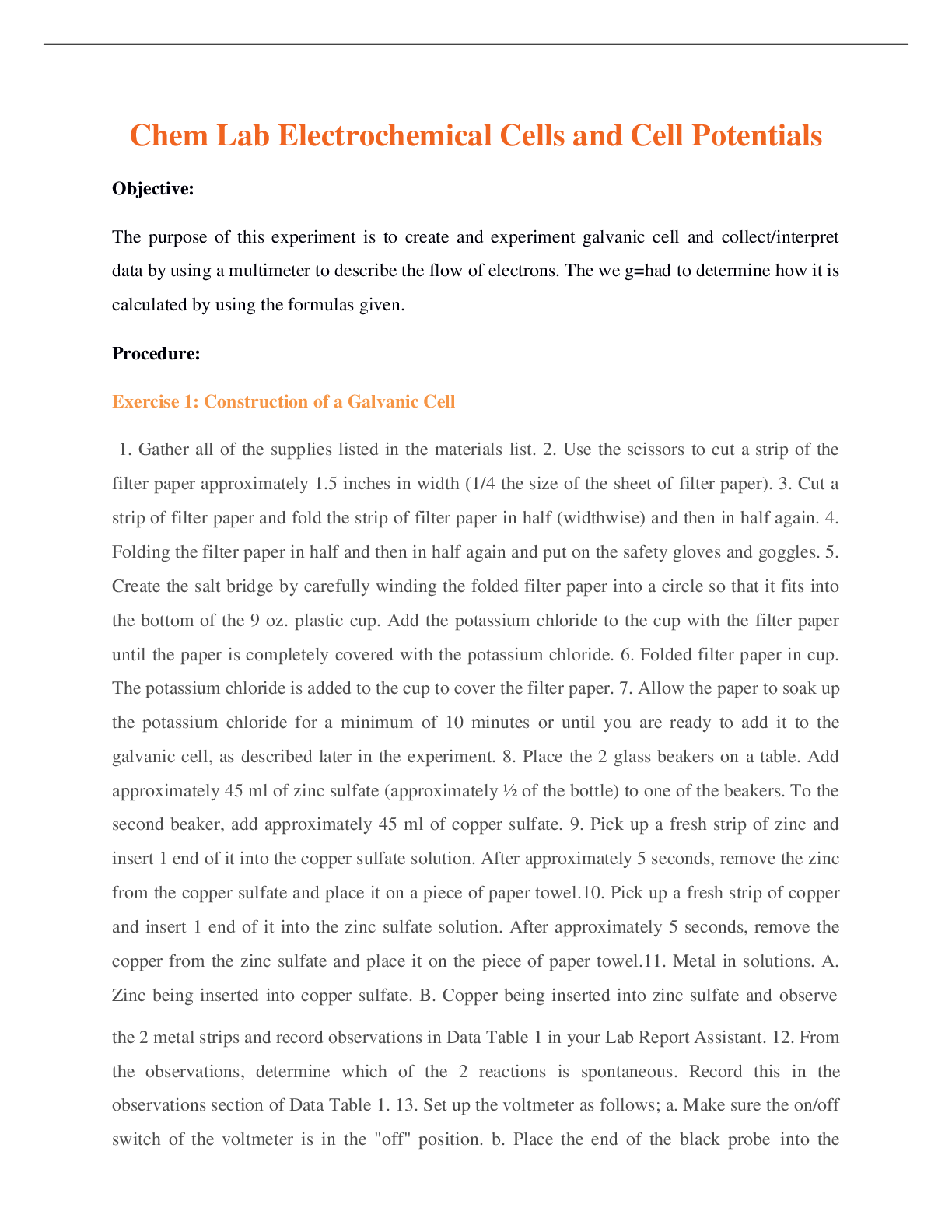Chemistry > Lab Report > CHM 120CHM 120 Lab 1 Experiment #1: Qualitative Analysis of Cations (All)
CHM 120CHM 120 Lab 1 Experiment #1: Qualitative Analysis of Cations
Document Content and Description Below
Experiment #1: Qualitative Analysis of Cations Student Name: Student Number: Practical Section: Date of Experiment Performed: Report Due Date: Date of Submission: Submitted to: 1 Introduction... : In all chemical experiments, there exists two types of important analysis, qualitative analysis and quantitative analysis. Examining and determining a specific compound or its components is considered qualitative analysis. In contrast, the determination of precise amounts of a substance in a mixture, or relative masses of elements in a compound, is considered quantitative analysis. The purpose of this experiment was to identify which of the four ions (Pb2+, Al3+, Cu2+, and Fe3+) were present in a provided numbered unknown solution. This was done through qualitative analysis with another given known solution containing the nitrates of lead (II), aluminum (III), copper (II), and iron (III). The cations of lead, aluminum, copper, and iron were separated by successfully precipitating them as insoluble salts. Then, a set of selected reactions with them were used to confirm their presence. The same series of tests were conducted on both the known and unknown mixtures concurrently to observe and compare or contrast what occurred in each test, using the known solution as the control. The unknown solution was investigated for these cations. Some key relevant chemical equations for the separation of each ion included the following: 1. Pb2+(aq) + HCl(aq) PbCl2(s) + 2H+(aq) White precipitate formed 2. Al3+(aq) + 3OH-(aq) Al(OH)3(s) Light gelatinous precipitate formed 3. Cu2+(aq) + H2S(aq) CuS(s) + 2H+ Black precipitate formed 4. Fe3+(aq) +3OH-(aq) Fe(OH)3(s) Rustic- brown precipitate formed The importance of this experiment underlined that recording observations must be done carefully and in detail, as soon as they are made. This was crucial in making the conclusion about whether the test for a specific cation was positive or negative. The experimental methods which were used in the experiment showed the type of qualitative analysis organization used to distinguish and isolate complex assortments containing a variety of metal ions. Experimental procedure: This experiment was followed according to steps 1, 3, 7, 9, and 11 in the “CHM 120H5S Chemical Principles 2 2018 Course Manual” lab procedure on page 21-23.1 These were the most crucial steps in the performing of the lab, as with each individual step, a new precipitate would be expected to form. Further clarification and detail of important parts performed of the experimental procedure can be found in table 1. [Show More]
Last updated: 1 year ago
Preview 1 out of 7 pages

Reviews( 0 )
Document information
Connected school, study & course
About the document
Uploaded On
May 16, 2021
Number of pages
7
Written in
Additional information
This document has been written for:
Uploaded
May 16, 2021
Downloads
0
Views
69

.png)







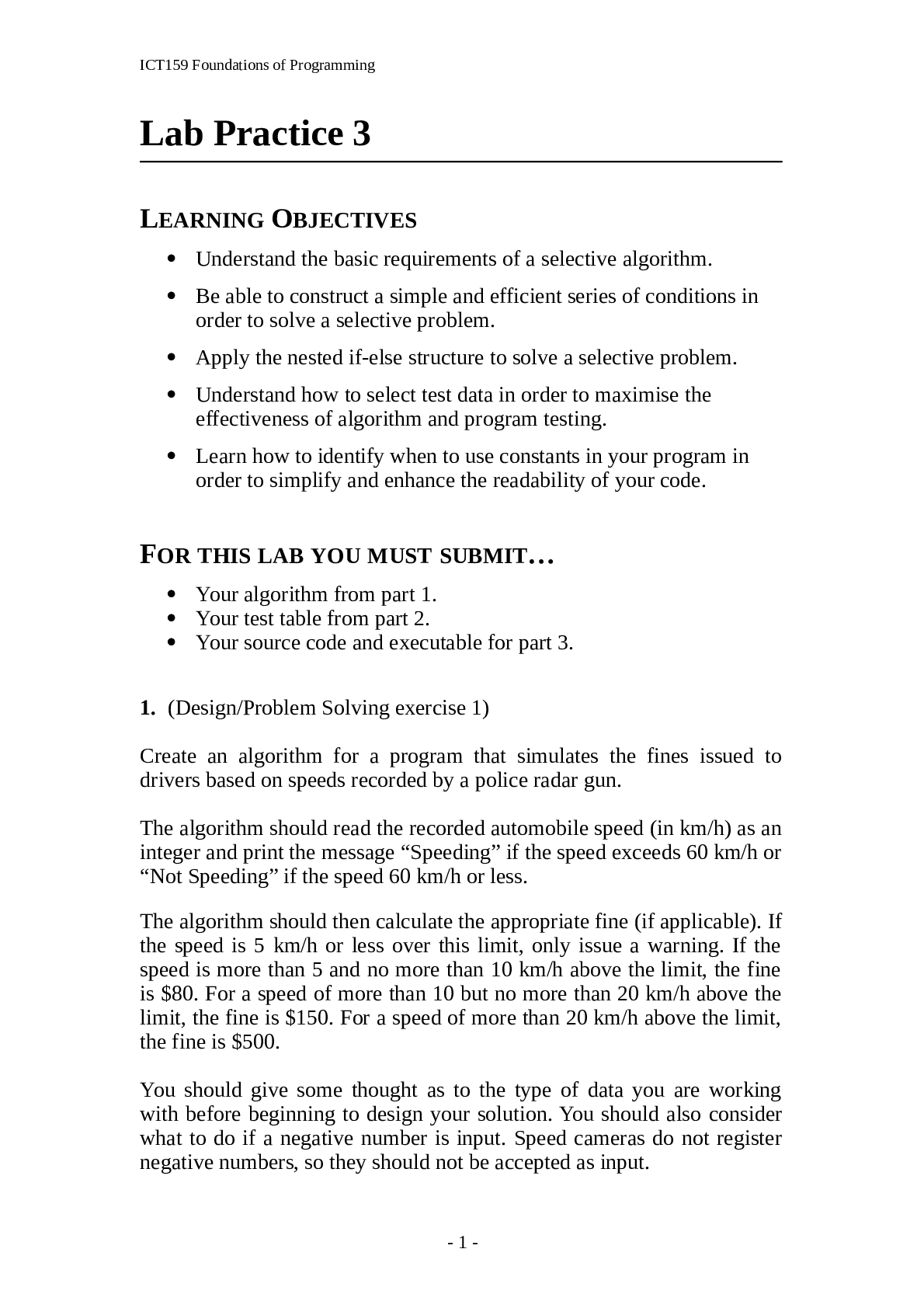


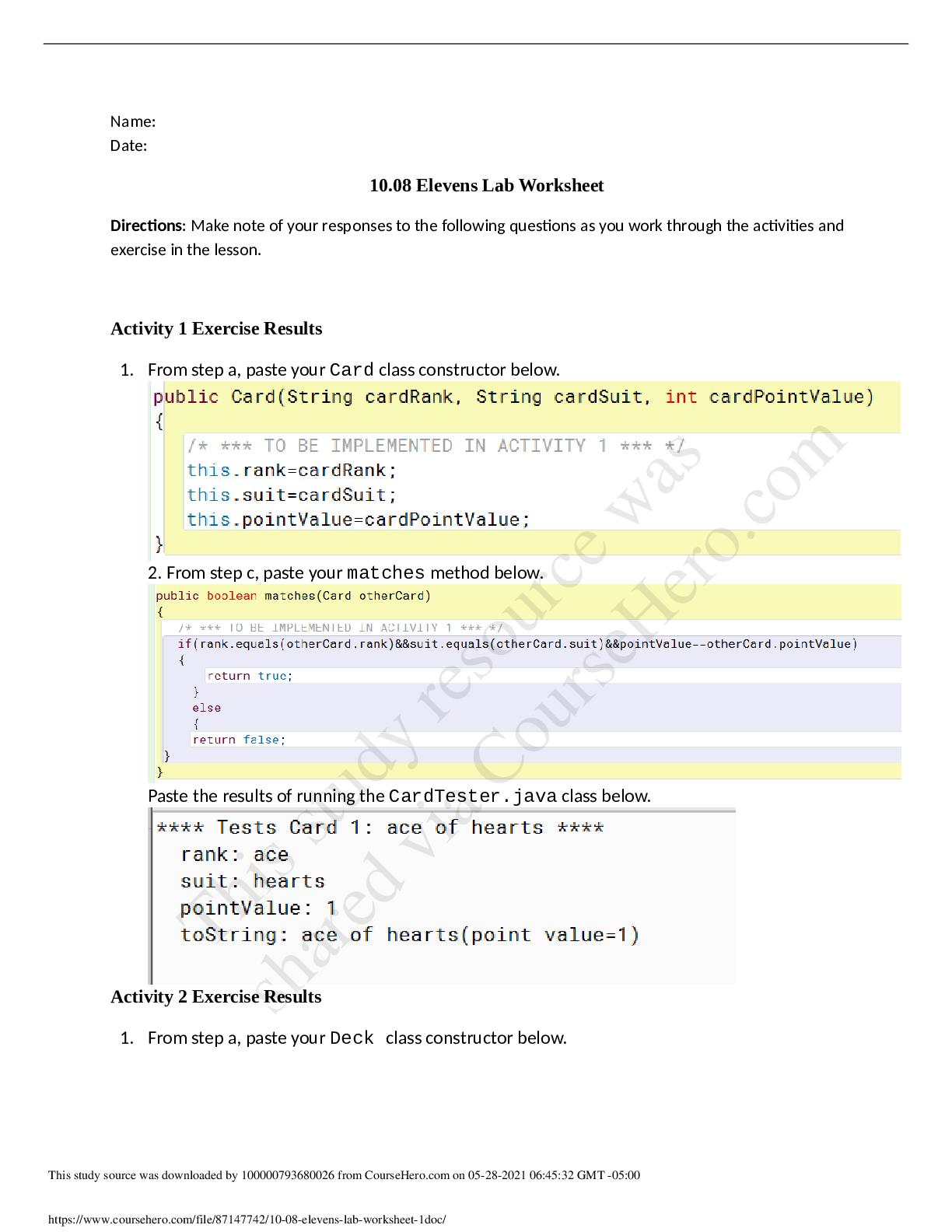
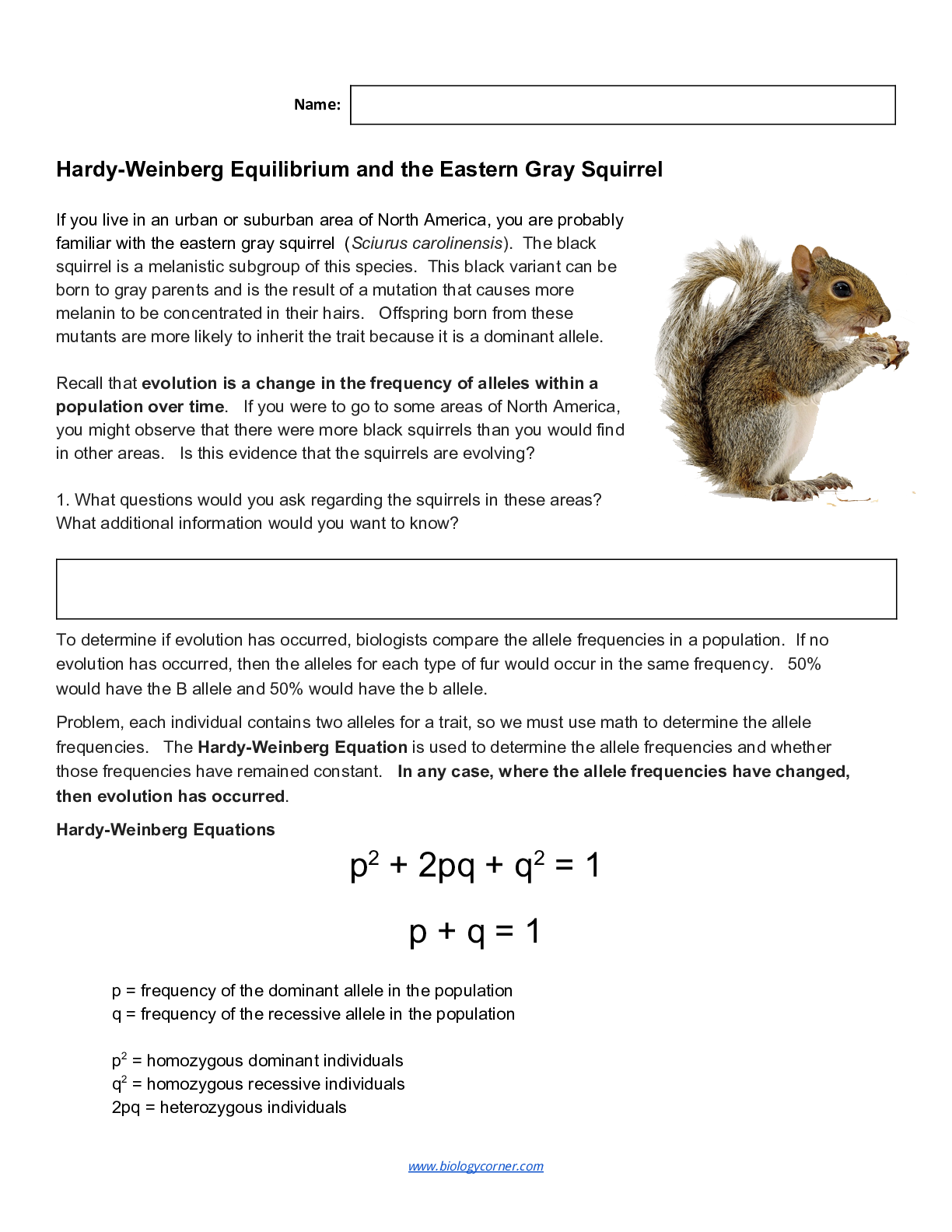

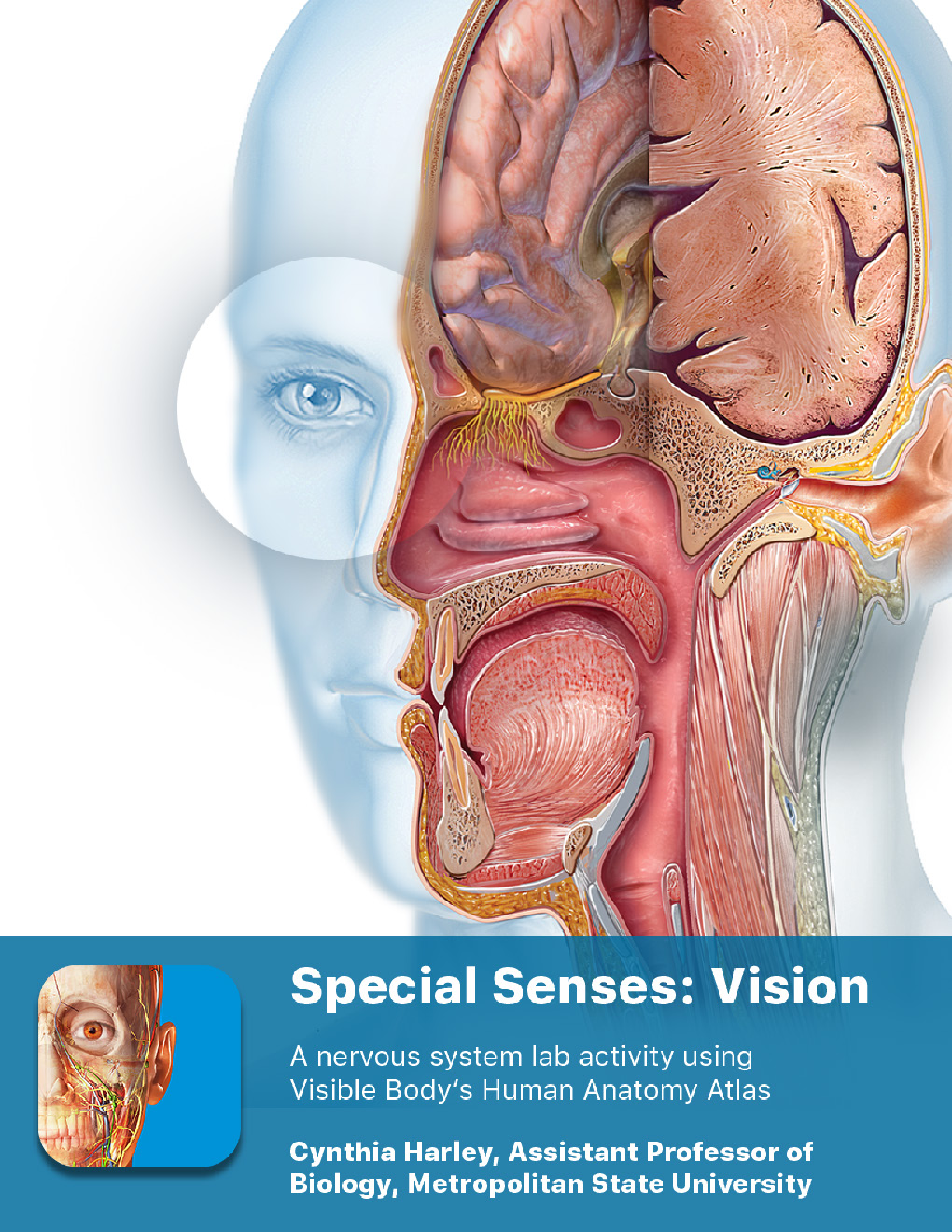

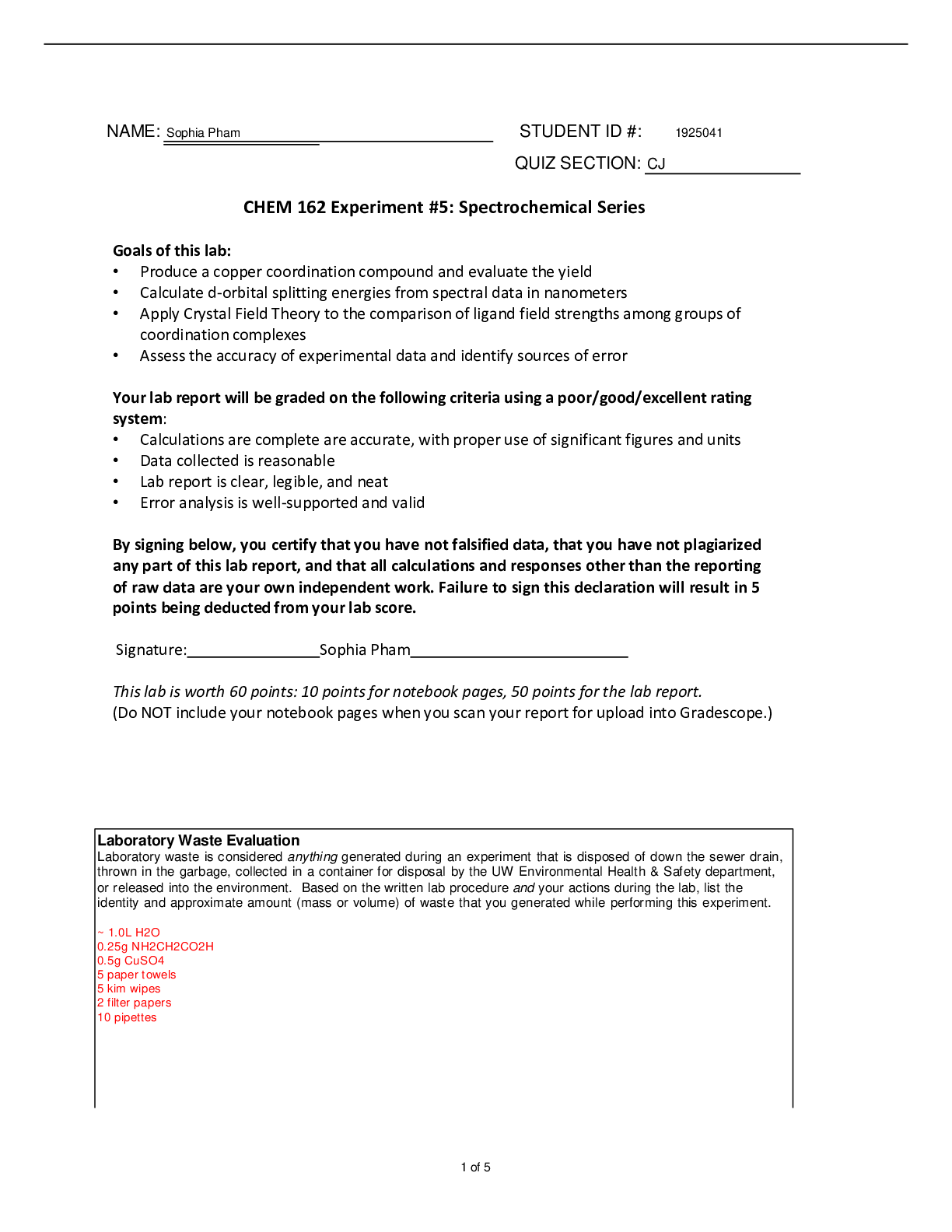

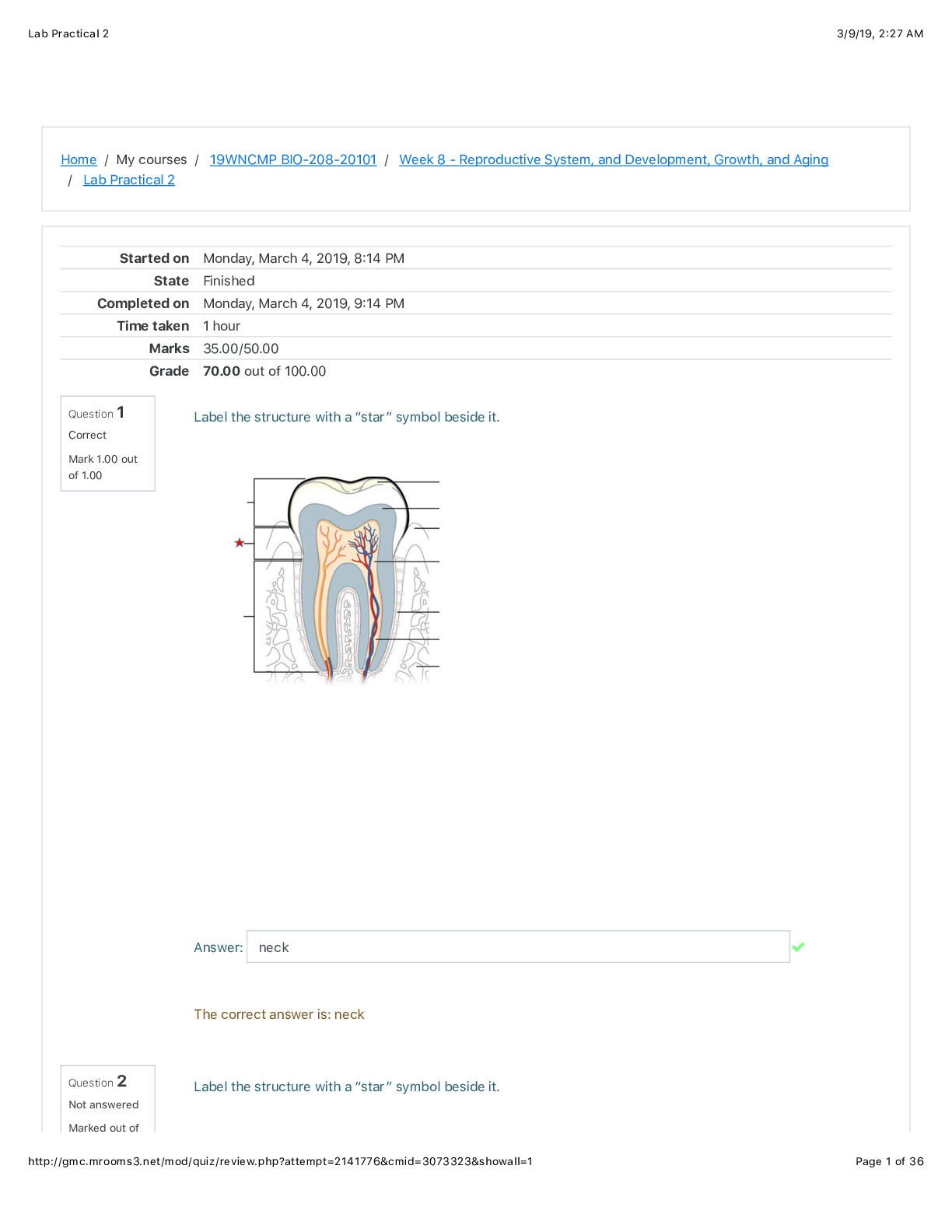



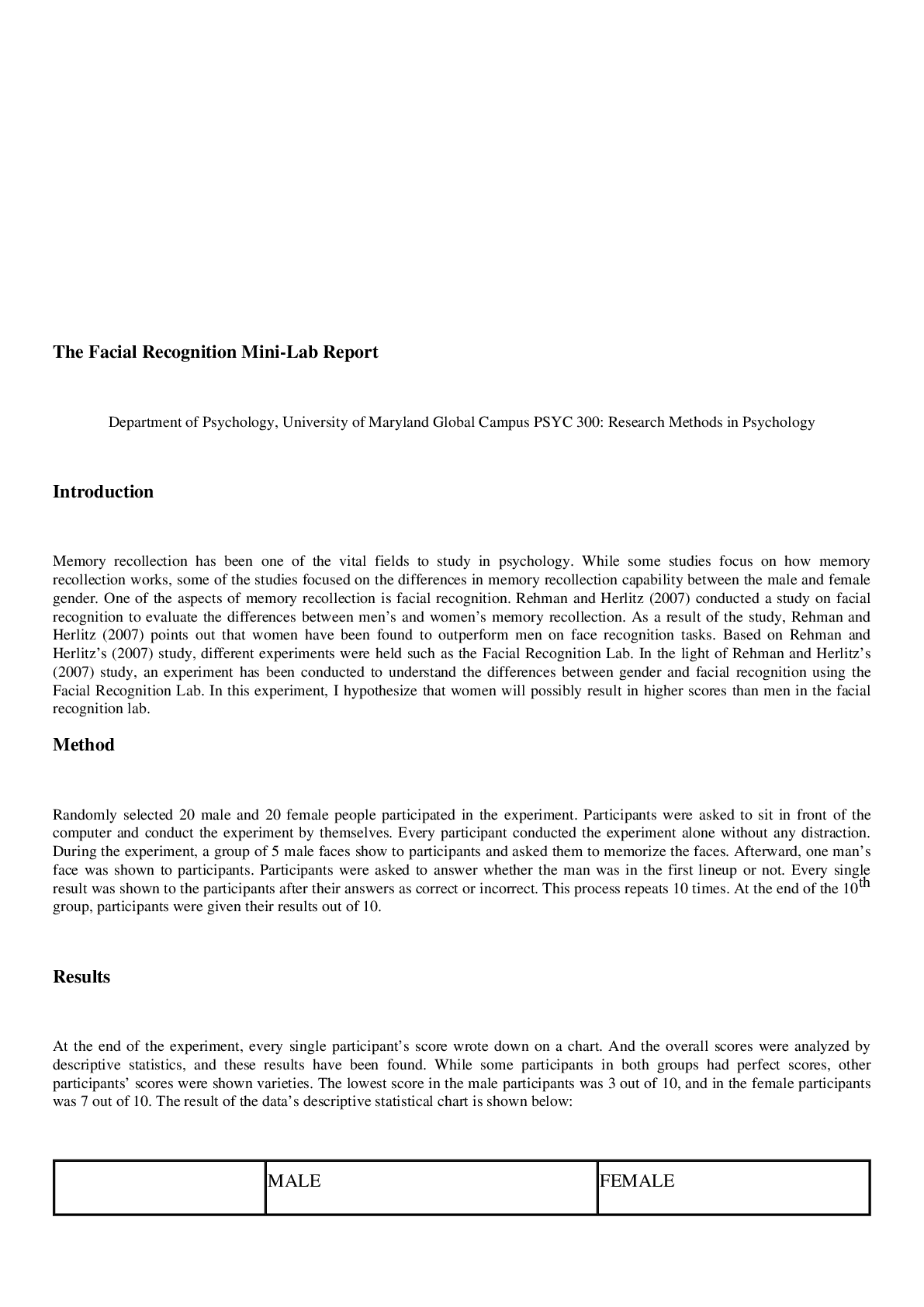
 (1).png)
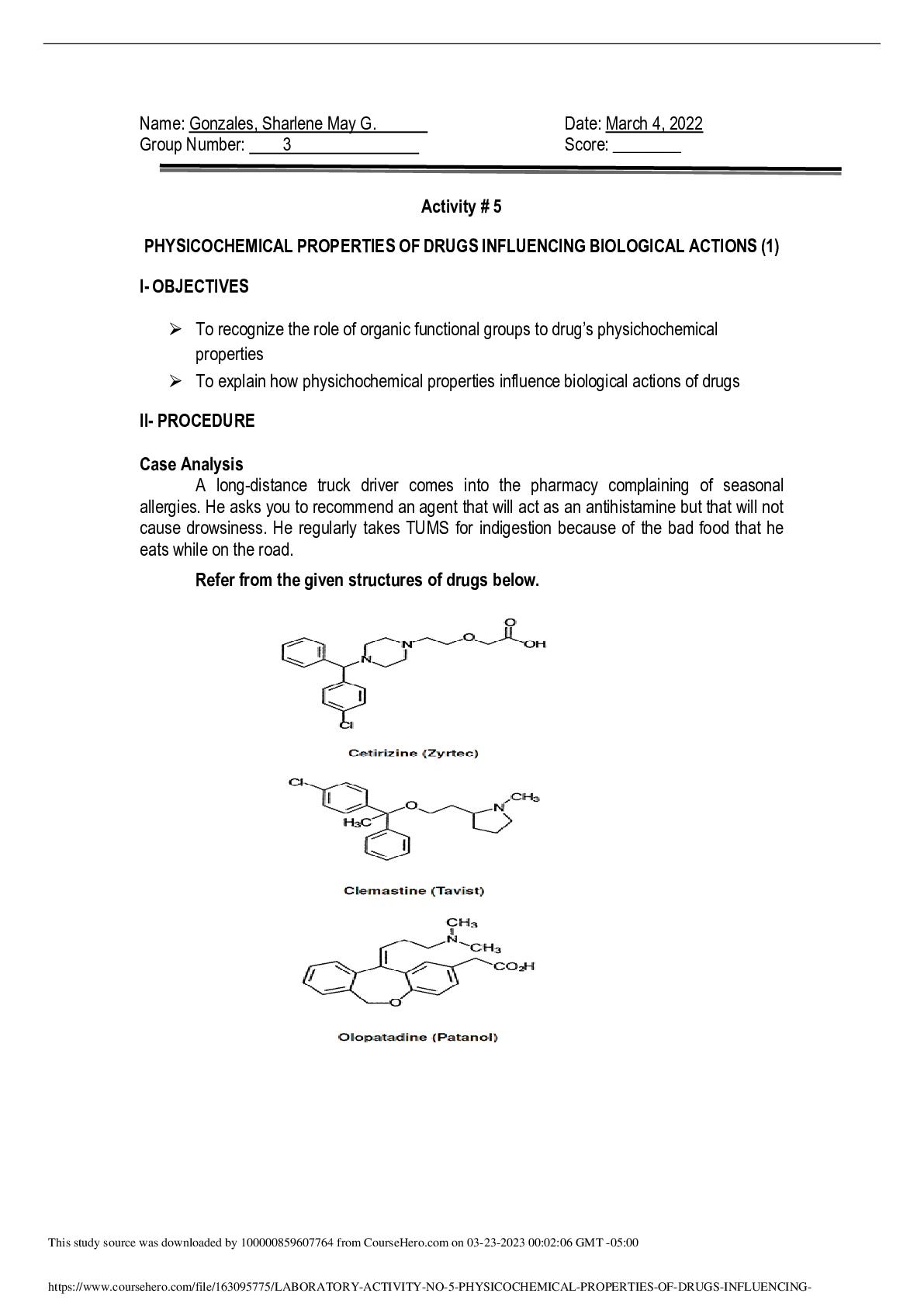
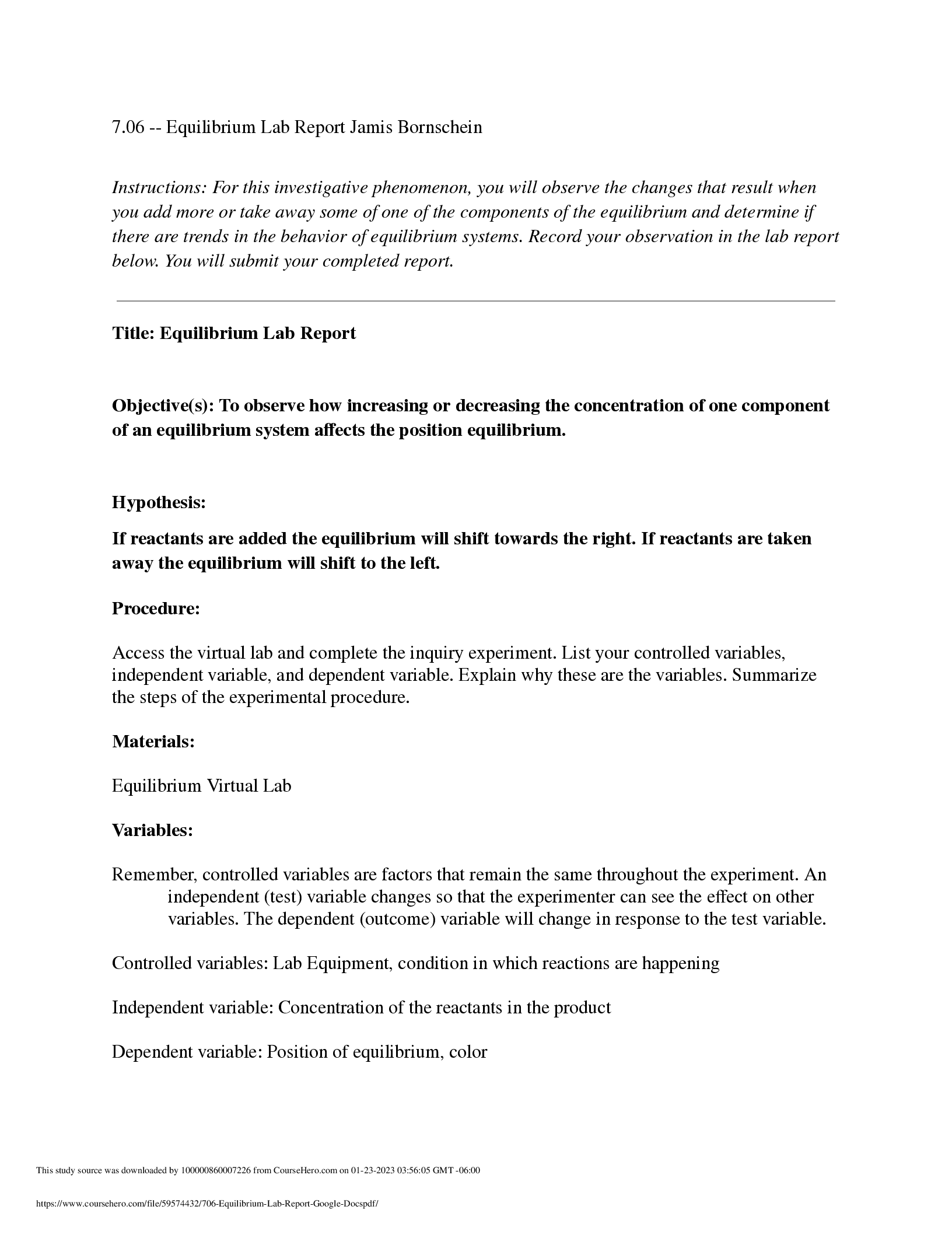
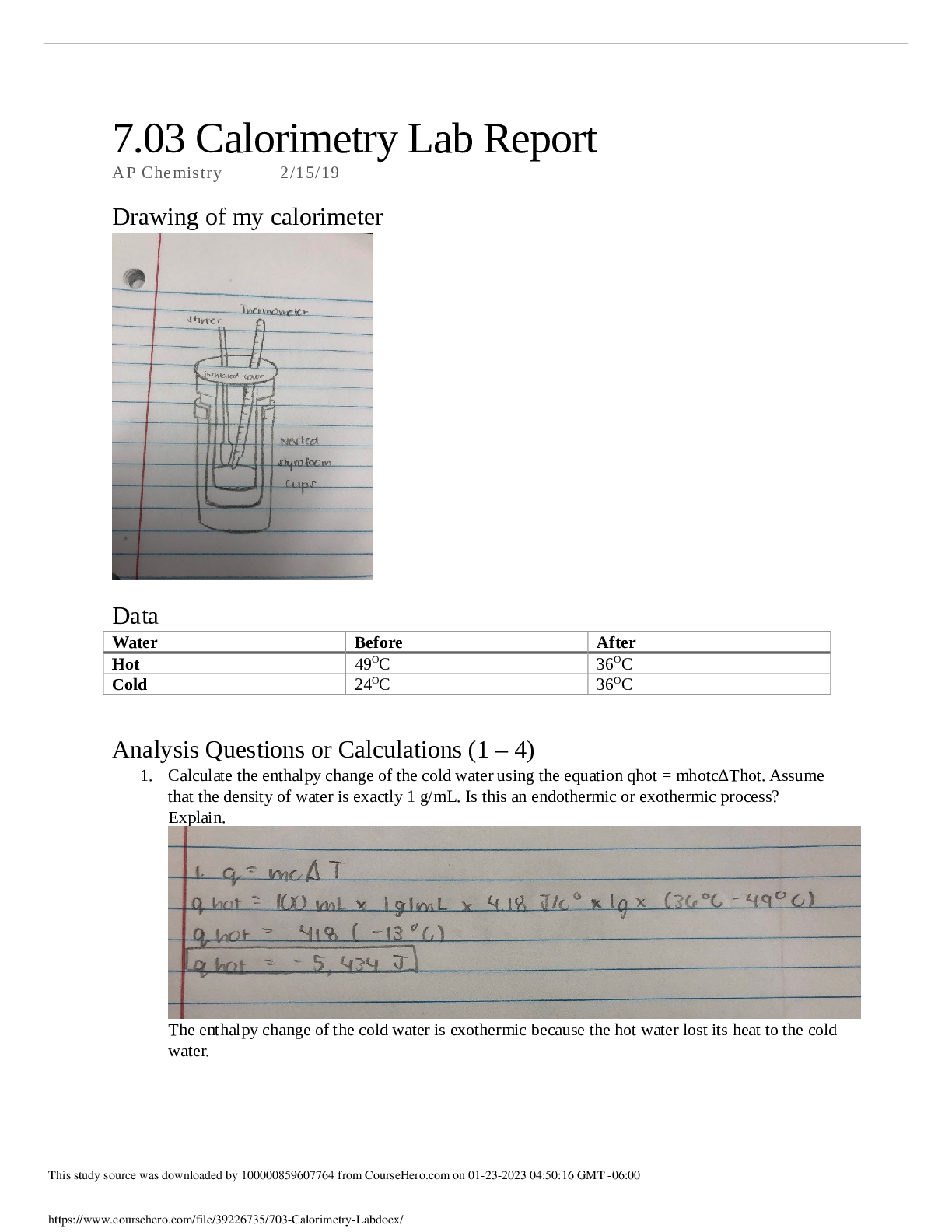

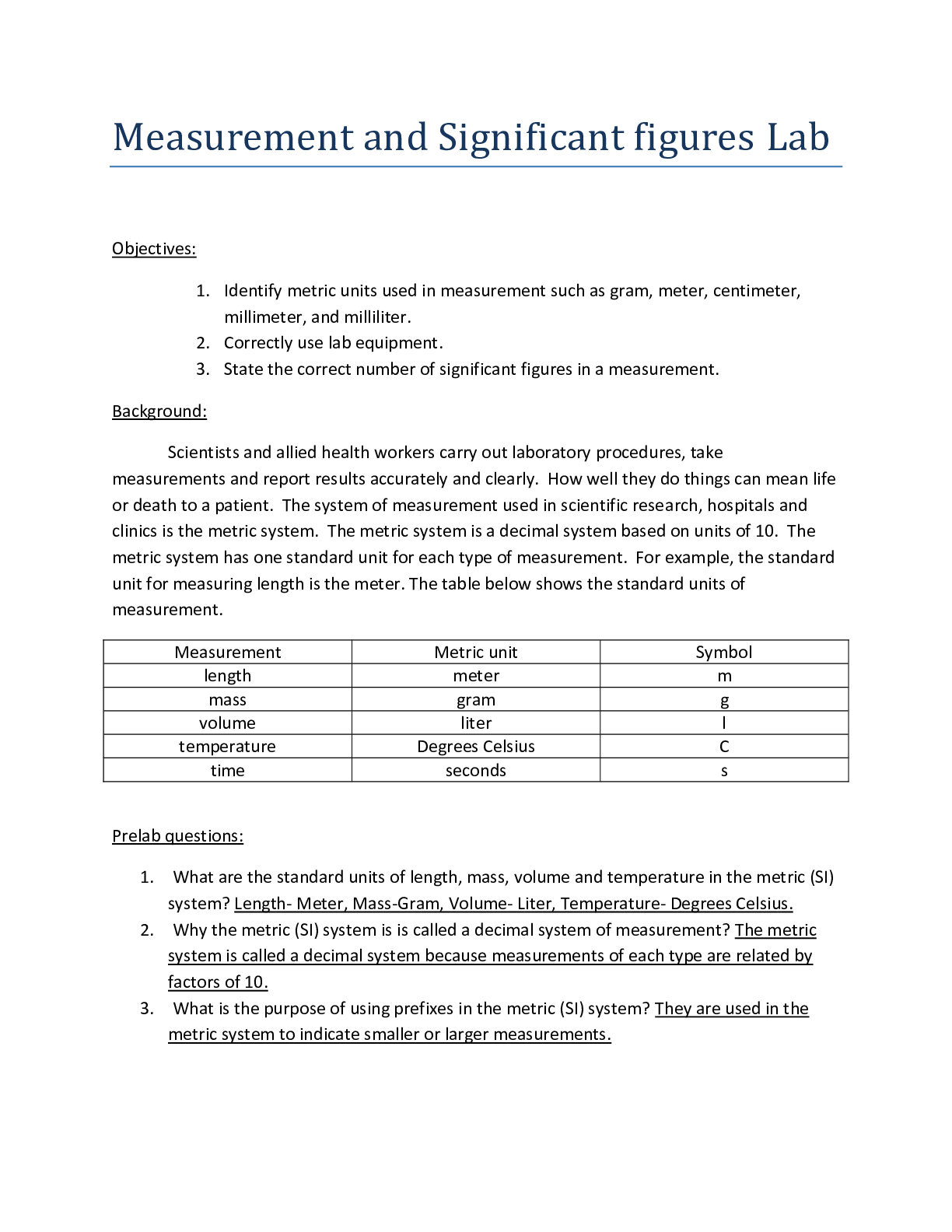
.png)
